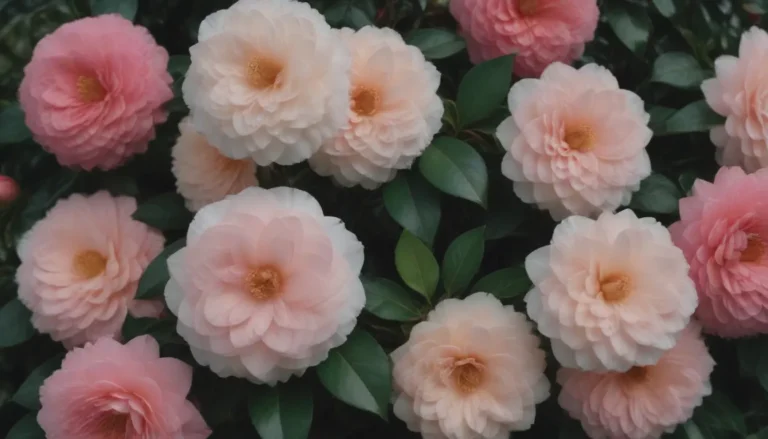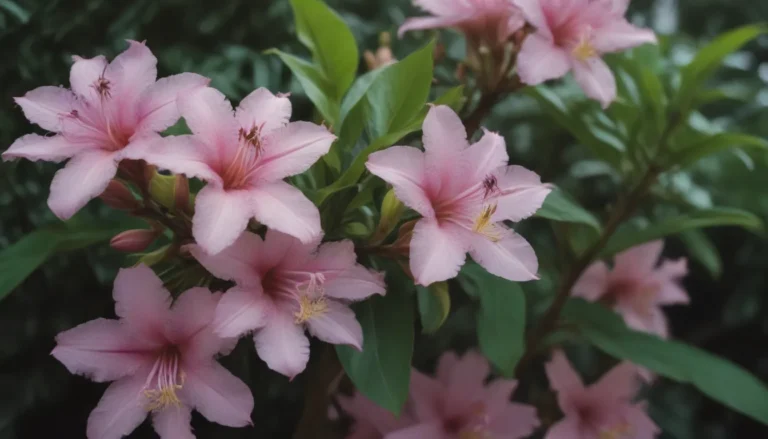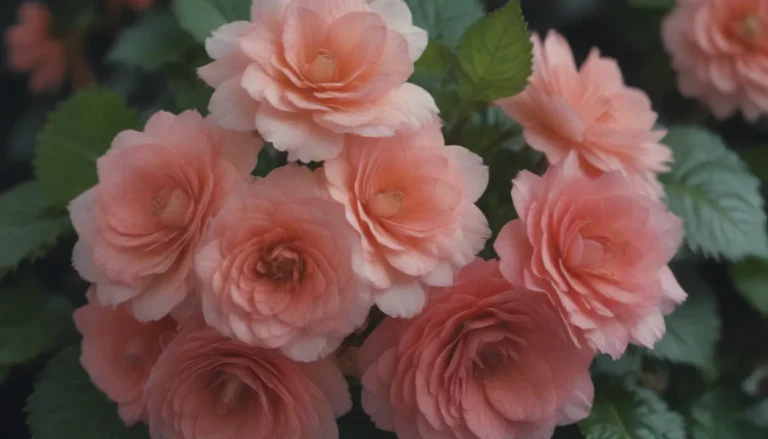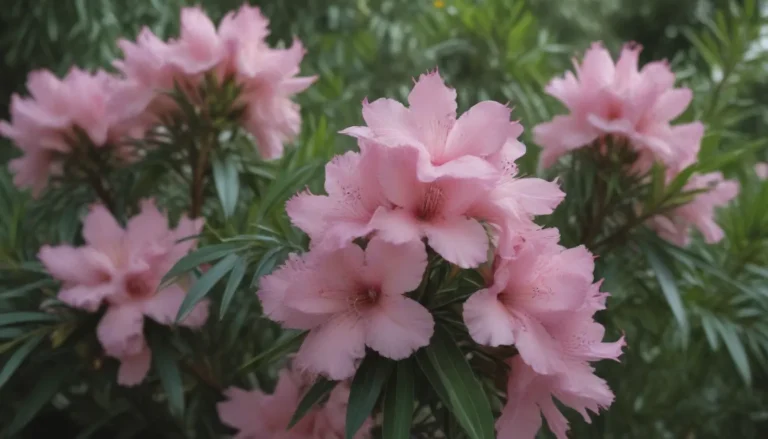Comprehensive Guide: How to Grow and Care for Million Bells
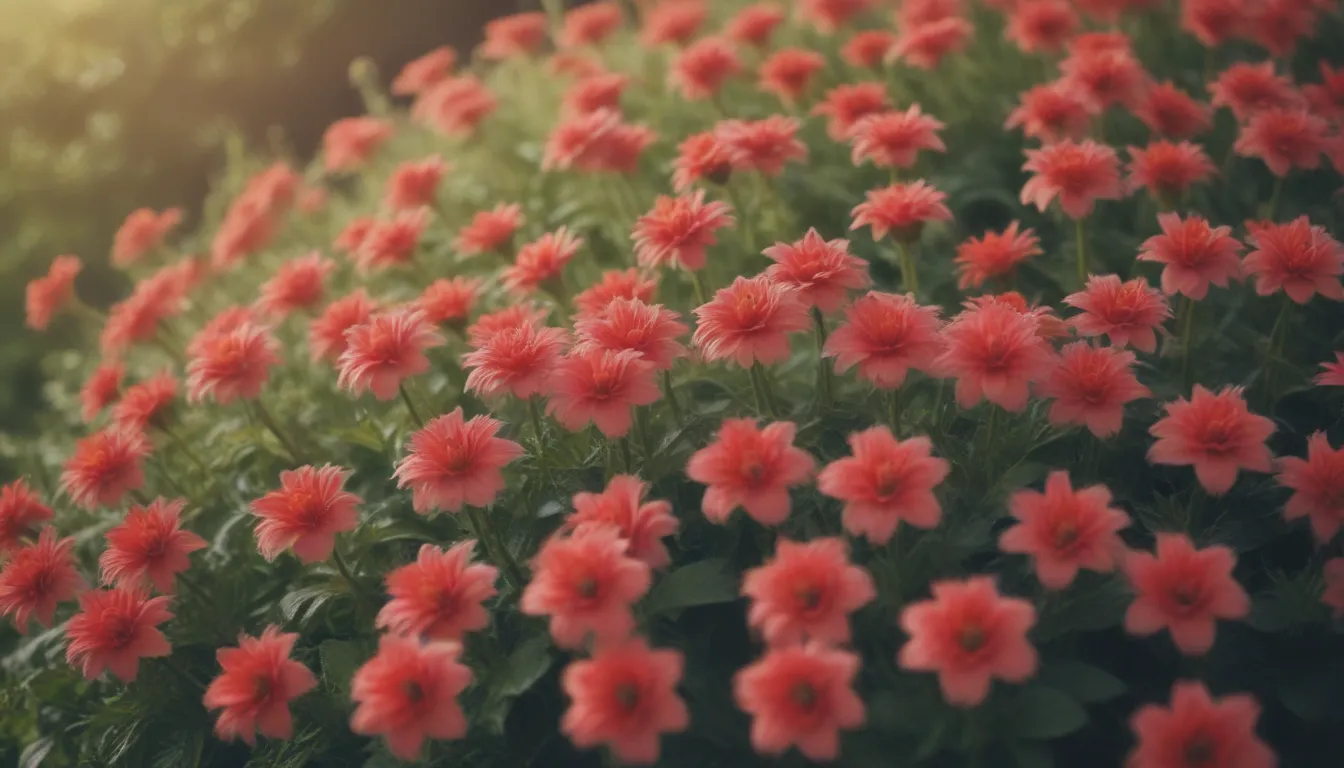
Million bells, also known as Calibrachoa and mini petunia, is a delightful flowering plant that can bring a burst of color to your garden. Whether you’re a seasoned gardener or just starting out, million bells are a great addition to any landscape. In this comprehensive guide, we’ll cover everything you need to know about growing and caring for million bells to help you cultivate a thriving garden full of these beautiful flowers.
Million Bells Overview
Million bells are perennial plants that are often grown as annuals, providing continuous blooms from spring to frost without the need for constant deadheading. These flowers are particularly well-suited for warm climates, requiring full sun and well-draining soil to flourish. While they are commonly found in hanging baskets, million bells also make excellent ground cover in perennial regions.
Million Bells Care
When it comes to caring for million bells, there are a few key factors to keep in mind to ensure they thrive. Here are some essential care tips for growing million bells:
Light
- Million bells prefer full sun for optimal growth and blooming.
- While they can tolerate some shade, too much shade may result in fewer blooms.
Soil
- Use soilless potting mix amended with humus or compost for containers.
- Plant in rich, well-draining soil in the ground with a slightly acidic pH.
- Space plants about 18 inches apart to allow for spreading.
Water
- Keep the soil evenly moist and avoid letting it dry out completely.
- Water hanging baskets when they feel light and pots when the soil is dry.
- Check soil moisture regularly and water as needed.
Temperature and Humidity
- Million bells thrive in warm weather but can become heat-stressed.
- Increase humidity by misting plants in dry climates, avoiding direct sunlight.
Fertilizer
- Fertilize every two weeks with liquid flower fertilizer throughout the growing season.
- Pay special attention to nutrient levels if the foliage appears light green or yellowish.
Types of Million Bells
Million bells come in various colors and varieties within the Calibrachoa genus. Some popular varieties include:
- ‘Kabloom’
- ‘Crackling Fire’
- ‘Tangerine’
- ‘Terra Cotta’
- ‘Trailing Sky Blue’
- ‘Cherry Pink’
Pruning
To maintain bushy growth and encourage branching, pinch or cut back the tips of million bells plants. Additionally, consider cutting back leggy growth in hanging baskets to promote a fuller appearance.
Propagating Million Bells
The simplest way to propagate million bells is through cuttings, ideally during the growing season. Here’s how you can start a new plant from a cutting:
- Take a cutting from a healthy plant.
- Remove lower leaves and dip the cut end in rooting hormone.
- Plant the cutting in well-draining soil and keep it moist until roots develop.
Common Pests & Plant Diseases
- Monitor for aphids and spider mites, especially in dry and dusty conditions.
- Maintain proper humidity levels to prevent heat stress and pest infestations.
Overwintering
Million bells cannot survive temperatures colder than zone 9. To overwinter them, bring them indoors to a bright location and reduce watering during the winter months. Consider using grow lights to provide adequate sunlight.
How to Get Million Bells to Bloom
Million bells should bloom prolifically when grown in the right conditions. Here are some tips to encourage blooming:
- Ensure plants receive at least six hours of sunlight per day.
- Protect from frost to extend the blooming period.
- Provide ample water and fertilizer to support healthy blooms.
Bloom Months
Million bells typically bloom from May to October or until the first frost, depending on your climate.
How Long Does Million Bells Bloom?
With proper care, million bells will bloom from late spring well into fall. Protect them from frost to extend the blooming period.
How to Encourage More Blooms
- Provide adequate sunlight and water.
- Fertilize regularly to support blooming.
- Protect from frost to prolong the blooming period.
Deadheading Million Blooms
While deadheading is unnecessary for million bells, consider pinching back long stems to maintain a bushy appearance in hanging baskets.
Common Growing Problems
- Dropping Leaves: Overwatering can lead to root rot and leaf drop. Check the roots for signs of decay.
- Yellowing Leaves: Underwatering may cause leaves to yellow. Adjust watering accordingly to address this issue.
In conclusion, million bells are charming, low-maintenance plants that can bring color and vibrancy to any garden. By following these care tips and guidelines, you can cultivate a beautiful display of million bells that will thrive from spring to frost. Remember to provide adequate sunlight, water, and nutrients to ensure your million bells bloom abundantly and beautify your outdoor space. Happy gardening!
